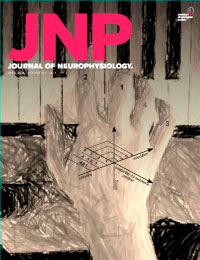|
Autors/es
Figueroa, Esteban G.; González-Candia, Alejandro; Caballero-Román, Aitor; Fornaguera, Cristina ; Escribano-Ferrer, Elvira; García-Celma, María José; Herrera, Emilio A. ; Escribano-Ferrer, Elvira; García-Celma, María José; Herrera, Emilio A.
|
Abstract
Stroke is the second leading cause of death worldwide, estimated that one-sixth of the world population will suffer it once in their life. The most common type of this medical condition is the ischemic stroke (IS), produced by a thrombotic or embolic occlusion of a major cerebral artery or its branches, leading to the formation of a complex infarct region caused by oxidative stress, excitotoxicity, and endothelial dysfunction. Nowadays, the immediate treatment for IS involves thrombolytic agents or mechanical thrombectomy, depending on the integrity of the blood-brain barrier (BBB). A common stroke complication is the hemorrhagic transformation (HT), which consists of bleeding into the ischemic brain area. Currently, better treatments for IS are urgently needed. As such, the neurohormone melatonin has been proposed as a good candidate due to its antioxidant, anti-inflammatory, and neuroprotective effects, particularly against lipid peroxidation and oxidative stress during brain ischemia. Here, we proposed to develop intravenous or intranasal melatonin nanoformulation to specifically target the brain in patients with stroke. Nowadays, the challenge is to find a formulation able to cross the barriers and reach the target organ in an effective dose to generate the pharmacological effect. In this review, we discuss the current literature about stroke pathophysiology, melatonin properties, and its potential use in nanoformulations as a novel therapeutic approach for ischemic stroke.
|

WoS
Scopus
Altmetrics
 
|
